How to Prepare for a Phased Retirement

Are you planning for retirement but still need to decide whether to dive headfirst or gradually ease into it by reducing your work hours and responsibilities? A phased retirement might be a suitable solution for your needs. Think of it as a gentle off-ramp from the fast lane of full-time work, easing you into a slower-paced lifestyle.
A phased retirement refers to the gradual reduction in working hours or responsibilities as you transition into retirement. Instead of going from full-time work to full-time retirement overnight, you slowly cut back, balancing work with more leisure time. This can mean working fewer days a week, shifting to part-time roles, or even taking on different organizational responsibilities.
In today’s work environment, phased retirements have become increasingly relevant. With many people living longer and healthier lives, the idea of abruptly stopping work doesn't appeal to everyone. A phased retirement offers a more flexible approach, allowing you to maintain financial stability while enjoying more personal time. It’s also beneficial in the context of the recent “Great Resignation,” where employers are eager to retain experienced employees. Consider consulting with a financial advisor who can help you transition into retirement and create a personalized retirement plan that aligns with your needs.
This article will guide you through the concept of phased retirement, its benefits, how it works, and whether it is a good option for you.
What is phased retirement?
Phased retirement is a flexible approach to transitioning from full-time employment to full retirement. It allows employees to gradually reduce their working hours or responsibilities over a period of time, rather than making an abrupt shift from full-time work to complete retirement. This gradual transition can help individuals maintain their professional identity, financial stability, and social connections while adjusting to the lifestyle changes that come with retirement.
At its core, a phased retirement involves a strategic reduction in work hours. Instead of stopping work abruptly, employees reduce their working hours incrementally. For example, they might shift from a five-day workweek to a three-day workweek. This phased approach can also include flexible work arrangements such as part-time roles, job sharing, or remote work. Such flexibility allows individuals to tailor their work schedules to better fit their personal needs and retirement goals.
Phased retirement plans are customizable, and often designed to meet the employee's and the employer's needs. Employees benefit from a smoother transition into retirement, reduced stress, and the ability to adapt to their new lifestyle gradually. Employers, on the other hand, retain valuable knowledge and experience within the organization, ensure continuity, and facilitate smoother succession planning.
Benefits of a phased retirement
While at first look, phased retirement seems like a setup targeted at employee welfare, the benefits are not limited to employees. Below are the benefits of a phased retirement for employees and employers:
1. For employees
- Financial stability: One of the most significant advantages for employees is the ability to maintain financial stability. By continuing to work part-time, employees can supplement their retirement income, delaying the need to draw down their savings or claim Social Security benefits. This extra income can help manage expenses and provide a financial cushion during the early years of retirement.
- Social and mental engagement: A phased retirement helps employees stay socially and mentally engaged. Remaining in the workforce, even on a reduced schedule, allows retirees to maintain their professional identity, stay connected with colleagues, and keep their minds active. This ongoing engagement can lead to better mental health and a more fulfilling retirement experience.
2. For employers
- Knowledge retention: Employers benefit significantly from the knowledge and experience retained through a phased retirement. Long-term employees possess valuable institutional knowledge that can be critical for training new hires and maintaining business continuity. By keeping experienced employees on board, even in a reduced capacity, organizations can ensure that this expertise is not lost.
- Cost reduction and operational continuity: Phased retirement plans can also lead to cost savings and smoother operations. Employers can reduce payroll expenses by transitioning employees to part-time roles while still benefiting from their expertise. Additionally, this gradual transition allows for better succession planning and minimizes the disruption that can occur when key employees retire abruptly. The continuity provided by a phased retirement helps maintain stability within the organization.
Overall, phased retirements may create a win-win situation, offering numerous benefits that cater to the needs of both employees and employers, ensuring a smoother and more efficient transition into retirement.
Is a phased retirement a good idea?
A phased retirement can be a highly beneficial approach for both employees and employers, however, its suitability depends on various factors that need careful consideration.
Despite the advantages, there are also potential downsides to consider. Depending on the terms of employment, reduced work hours might impact benefits such as health insurance. Moreover, both employees and employers must be flexible and willing to adapt to new work arrangements, which can be challenging. Furthermore, some individuals might find it difficult to balance part-time work with increased personal activities, potentially leading to stress if not managed well.
It is thus crucial to evaluate your financial readiness, health status, and personal goals before deciding to go ahead with phased retirement. If these factors align, a phased retirement can provide a fulfilling and less stressful path to retirement, benefiting both you and your employer.
Below is a list of factors to consider whether a phased retirement plan might be a suitable choice for you.
1. Financial readiness
- Income needs: Evaluate your financial situation to determine if you can afford a salary reduction. Phased retirement allows you to continue earning an income, which can supplement your retirement savings and delay the need to draw from your retirement accounts. This continued income can help bridge any financial gaps, especially during market downturns when selling investments might not be ideal.
- Retirement savings: Assess the state of your retirement savings and pension plans. If your savings are sufficient, a phased retirement can be an excellent way to ease into retirement without financial strain. Conversely, if your savings are lacking, continuing to work part-time can provide the additional financial support needed to bolster your retirement funds.
2. Health and personal goals
- Health status: Consider your physical and mental health. If you are in good health, a phased retirement can be an excellent way to stay active and engaged. However, if health issues are a concern, reducing work hours right away or stepping down might help manage stress and improve overall well-being.
- Personal goals: Reflect on your personal and professional goals. A phased retirement plan may allow you to pursue personal interests and hobbies while still maintaining a professional identity. It also serves as an opportunity to mentor younger employees and pass on your knowledge and experience.
SPONSORED WISERADVISOR
How to prepare for a phased retirement
When thinking about a phased retirement, the first question that comes to our mind may be “How does the phased retirement process work?” Phased retirement plans are highly customizable to fit the unique needs of the employee and the organization. Factors such as the employee’s role, the needs of the business, and individual financial and personal circumstances are all considered when developing a phased retirement plan. This flexibility ensures the transition is smooth and beneficial for all parties involved. The process can vary depending on the organization and individual needs but generally follows a few key steps.
1. Initial planning and discussion
Preparing for a phased retirement begins with careful planning and thorough discussions between the employee and their employer. This conversation covers the employee’s desire to transition into retirement gradually and explores potential phased retirement options. This phase is crucial for setting clear expectations and ensuring a smooth transition. Here’s a detailed look at the best practices that help ease the process:
a. Start early
-
Initiate discussions early: Begin conversations with your employer about your phased retirement plans at least a year before you intend to scale back. This early start gives both you and your employer ample time to plan and accommodate changes without causing disruptions.
- Prepare for a gradual transition: A well-planned transition allows for smoother adjustments in workload and responsibilities, ensuring continuity and stability within the organization.
- Create a transition timeline: Develop a timeline that outlines your phased retirement milestones, including when you plan to reduce hours and eventually fully retire. This helps manage expectations and provides a clear roadmap for both you and your employer.
- Set regular check-ins: Schedule regular check-in meetings with your employer throughout the planning phase to discuss progress and make any necessary adjustments.
b. Have a clear plan
- Clarify your goals: Before initiating discussions, clearly define your personal and professional goals for phased retirement. Determine how many hours you want to work, what responsibilities you wish to retain, and what new roles or projects you might be interested in.
- Align with company needs: Think about how your phased retirement can benefit the organization. Identify ways to continue adding value, such as mentoring younger employees, taking on special projects, or providing part-time support in key areas.
c. Prepare your proposal
- Draft a detailed plan: Create a detailed plan that outlines your proposed working hours, responsibilities, and any changes in your role. Be ready to present this plan to your employer, highlighting how it meets both your needs and the company’s.
- Be flexible: While it’s important to have a clear plan, also be prepared to negotiate and adjust based on your employer’s feedback and needs.
d. Communicate clearly
- Explain your intentions: Communicate your reasons for wanting a phased retirement. Emphasize the benefits for both you and the company, such as maintaining continuity, retaining institutional knowledge, and ensuring a smooth transition.
- Address concerns: Be prepared to address any concerns your employer might have, such as how your reduced hours might impact team dynamics or project timelines. Offer solutions and demonstrate your commitment to a successful phased retirement.
e. Involve human resources
- Health insurance and retirement contributions: Discuss with HR how reducing your work hours will affect your health insurance, retirement contributions, and other benefits. Ensure you have a comprehensive understanding of any changes and how they will impact your financial planning.
- Eligibility and requirements: Find out if there are specific eligibility criteria or requirements you need to meet to maintain certain benefits while working part-time.
- Benefits and policies: Request detailed information about the company’s phased retirement policies, if they exist. Understand the formal processes and documentation required to implement your phased retirement plan.
- Impact on compensation: Clarify how your compensation will be adjusted. Understand how your reduced hours will affect your salary, bonuses, and other financial benefits.
- Seek guidance: Leverage HR’s expertise to navigate the administrative and logistical aspects of phased retirement. They can provide valuable guidance and support in crafting a plan that aligns with company policies and benefits structures.
- Legal and financial advice: Consider seeking additional advice from a financial planner or legal expert to fully understand the implications of your phased retirement on your long-term financial health and retirement goals.
2. Financial preparation
The next step after opting for phased retirement is to prepare yourself financially. Below are some ways in which you can do that:
- Evaluate your income needs: Assess your financial situation to determine if you can afford a salary reduction. Consider your monthly expenses and how the reduced income will cover them.
- Analyze your retirement savings: Review your retirement savings and determine if they are sufficient to support your phased retirement plan. Continuing to contribute to your retirement accounts, like a 401(k) or a Roth IRA, even at a reduced level, can provide a financial cushion.
- Plan for Social Security: Consider delaying Social Security benefits to increase your monthly payout. Working part-time can help you afford to delay claiming benefits, which can significantly boost your retirement income in the long run.
- Review your health insurance: Ensure you understand how your health insurance will be affected. If your employer offers health benefits to part-time employees, find out the requirements and costs. If not, explore other options.
3. Design a phased retirement plan
Once your initial and financial plans are in place, you may move to designing a phased retirement plan. Below are the steps involved in designing the plan:
- Customized retirement plan: Work with your employer to develop a phased retirement plan tailored to your needs and the organization’s requirements. This plan should outline the reduction in work hours, changes in responsibilities, and the duration of the phased retirement period.
- Flexible work arrangements: Consider various flexible work arrangements such as part-time roles, job sharing, or remote work. Choose a schedule that fits your personal needs and retirement goals.
- Continuous evaluation and adjustment: Regularly evaluate the effectiveness of your phased retirement plan. Schedule periodic check-ins with your employer to discuss any necessary adjustments and ensure both parties are benefiting from the arrangement.
4. Maintain professional and personal balance
- Stay engaged: Continue to stay socially and mentally engaged by maintaining professional relationships and participating in work-related activities. This engagement can lead to better mental health and a more fulfilling retirement experience.
- Pursue personal interests: Use the additional personal time to explore hobbies, volunteer work, or part-time roles in areas of interest. Balancing work with personal activities can help you gradually adjust to full retirement.
- Mentorship opportunities: Consider mentoring younger employees and passing on your knowledge and experience. This can provide a sense of purpose and help maintain your professional identity.
5. Transition to full retirement
- Gradual reduction: Implement a gradual reduction in work hours or responsibilities as outlined in your phased retirement plan. This helps in adjusting to the new lifestyle and financial considerations smoothly.
- Final adjustments: As you approach full retirement, make final adjustments to your plan based on your experience and feedback from your employer. Ensure that all financial and personal preparations are in place for a seamless transition.
6. Full retirement
Finally, transition into full retirement once the phased retirement period ends. Embrace the new chapter of life with confidence, knowing that you have planned and prepared for it meticulously.
To conclude
A phased retirement can help you ease into retirement while still enjoying professional engagement and financial stability. It's a flexible approach that can significantly benefit both employees and employers, aligning with individual needs and organizational goals. By carefully considering your financial situation, health, and personal aspirations, you can determine if a phased retirement plan is the right choice for you. Embracing this gradual transition can lead to a more balanced, fulfilling, and less stressful retirement journey, ensuring that both you and your employer continue to thrive during this significant life change.
To make the most of a phased retirement and ensure all financial aspects are covered, consider consulting a financial advisor. A professional can provide tailored advice, help you navigate complex retirement decisions, and ensure you have a solid plan in place for a secure and enjoyable retirement.
Use the free advisor match tool to get matched with seasoned financial advisors who can help smoothen your journey from phased retirement to full retirement. Answer some simple questions about your financial needs, and our match tool can help you find 2 to 3 advisors who can best fulfill your financial requirements.
For additional information on retirement planning strategies that can be tailored to your specific financial needs and goals, visit Dash Investments or email me directly at dash@dashinvestments.com.
About Dash Investments
Dash Investments is privately owned by Jonathan Dash and is an independent investment advisory firm, managing private client accounts for individuals and families across America. As a Registered Investment Advisor (RIA) firm with the SEC, they are fiduciaries who put clients’ interests ahead of everything else.
Dash Investments offers a full range of investment advisory and financial services, which are tailored to each client’s unique needs providing institutional-caliber money management services that are based upon a solid, proven research approach. Additionally, each client receives comprehensive financial planning to ensure they are moving toward their financial goals.
CEO & Chief Investment Officer Jonathan Dash has been profiled by The Wall Street Journal, Barron’s, and CNBC as a leader in the investment industry with a track record of creating value for his firm’s clients.








.jpg)







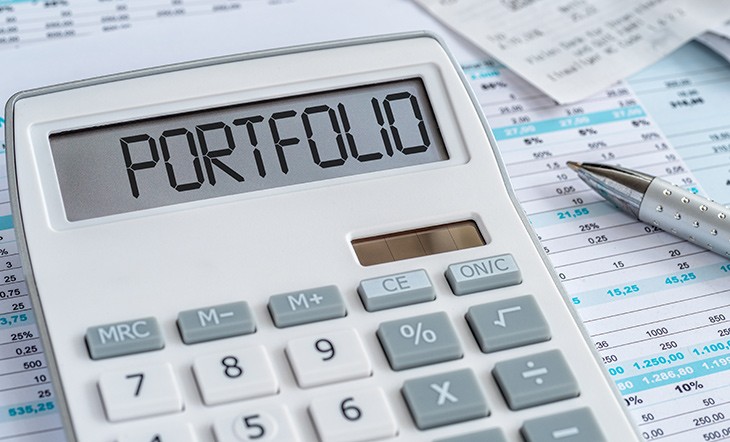


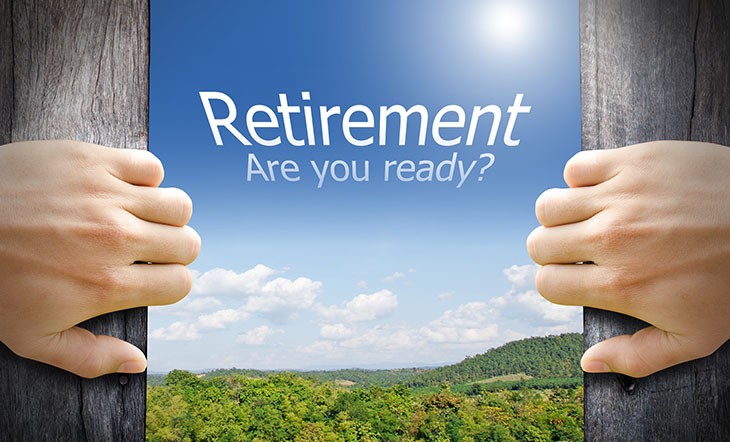

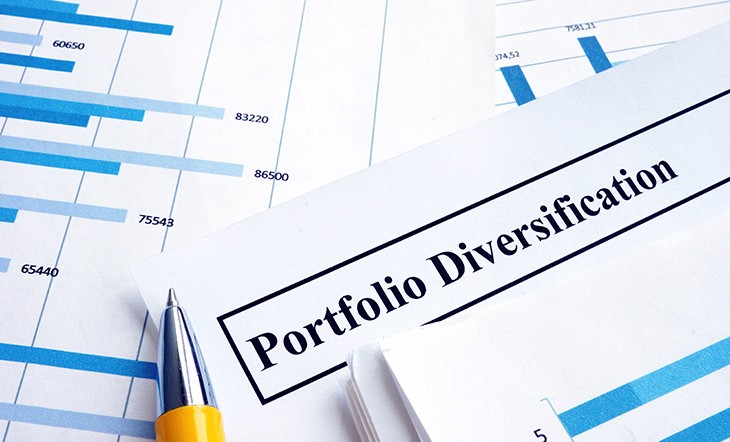
.jpg)
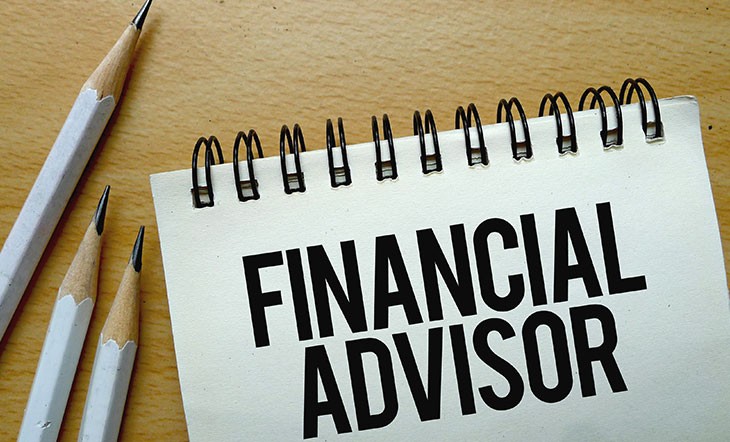




.jpg)


.jpg)


.jpg)

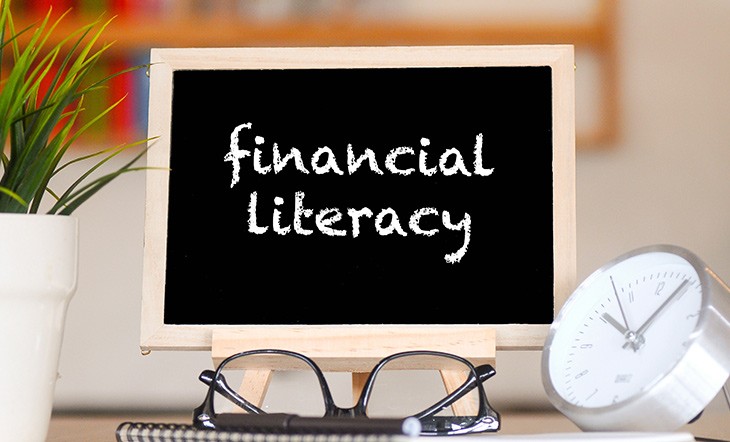












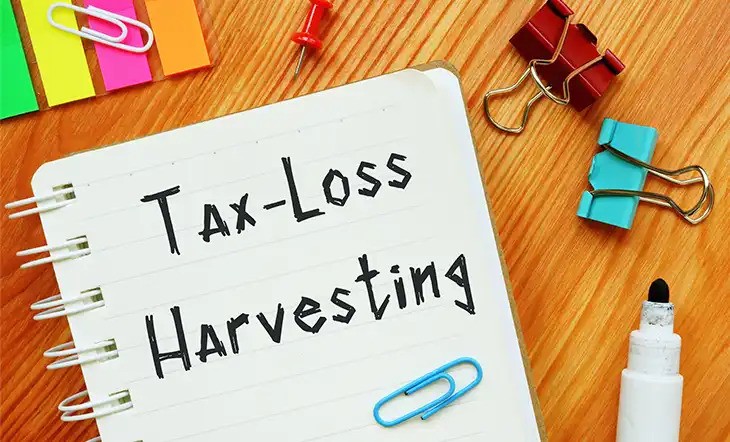
.jpg)





.jpg)




.jpg)


.jpg)






.jpg)

.jpg)






.jpg)




.jpg)

.jpg)


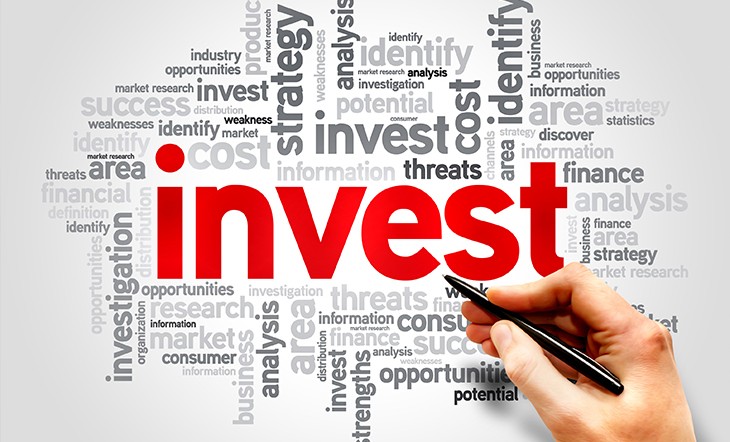
.jpg)
.jpg)





.png)
.jpg)
.jpg)





.jpg)
.jpg)

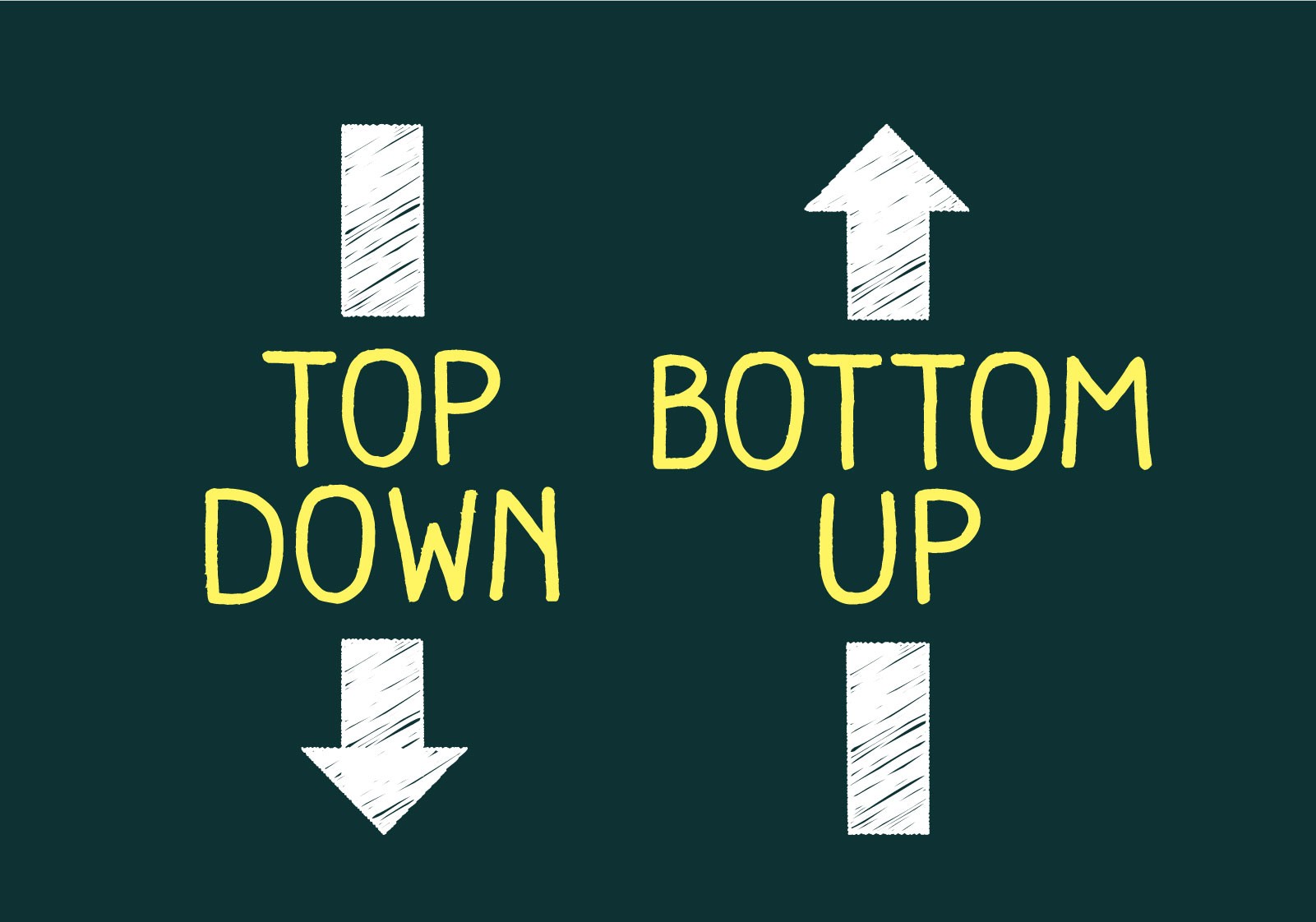
.jpg)


.jpg)

.jpg)

.jpg)
.jpg)
.jpg)

.jpg)

.jpg)




.jpg)

.jpg)

.jpg)


.jpg)
.jpg)
.jpg)
.jpg)
.jpg)

.jpg)




.jpg)
.jpg)


.jpg)
.jpg)
.jpg)
.jpg)

.jpg)
.jpg)











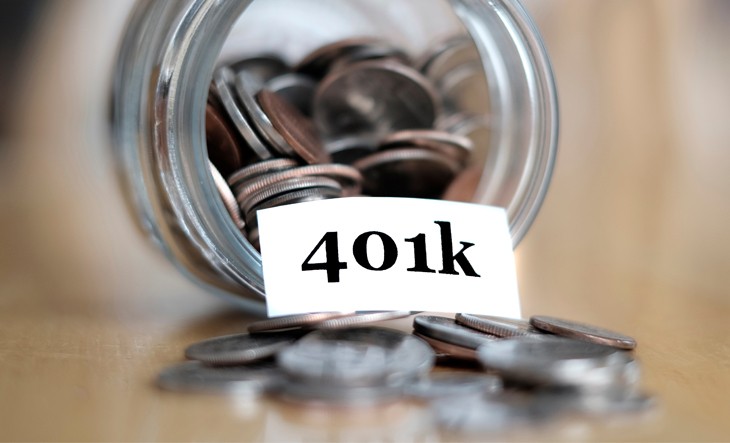



.jpg)

.jpg)




.jpg)

.jpg)












.jpg)



